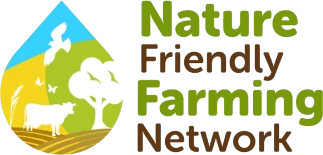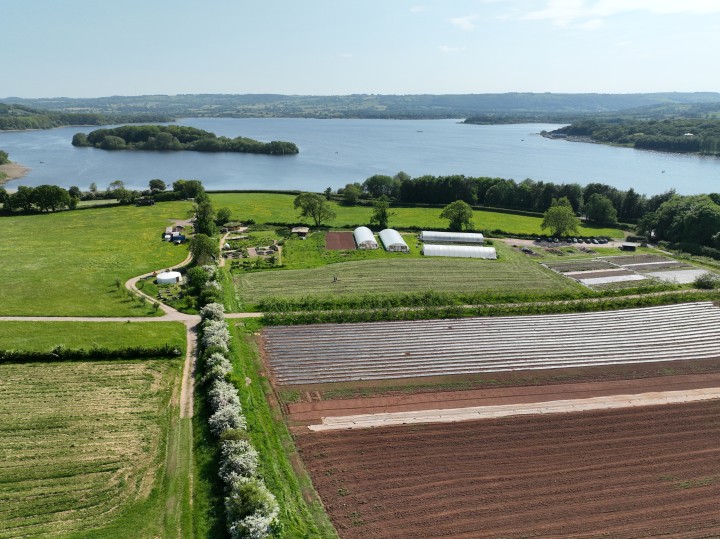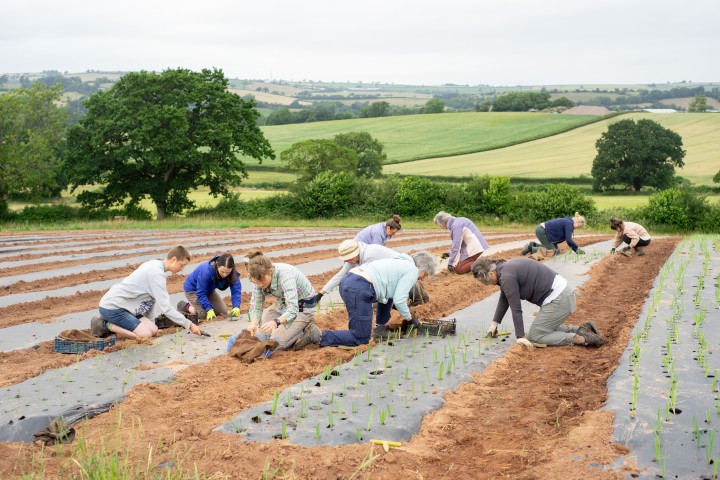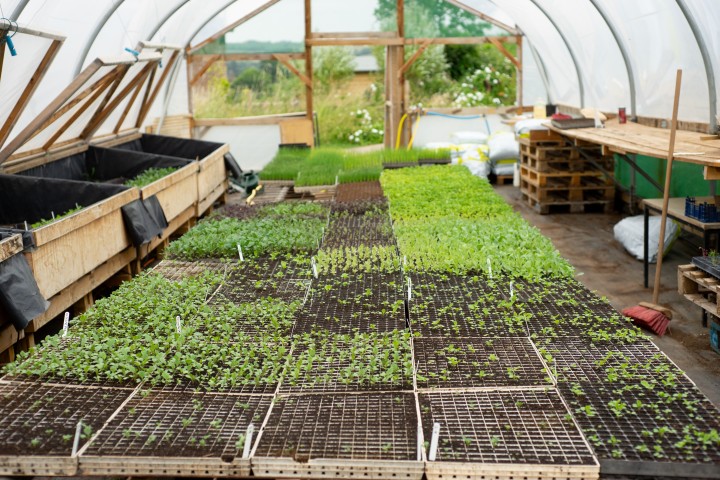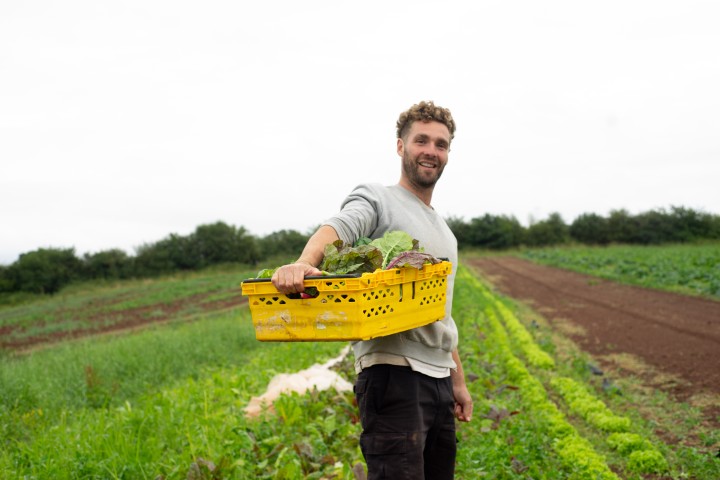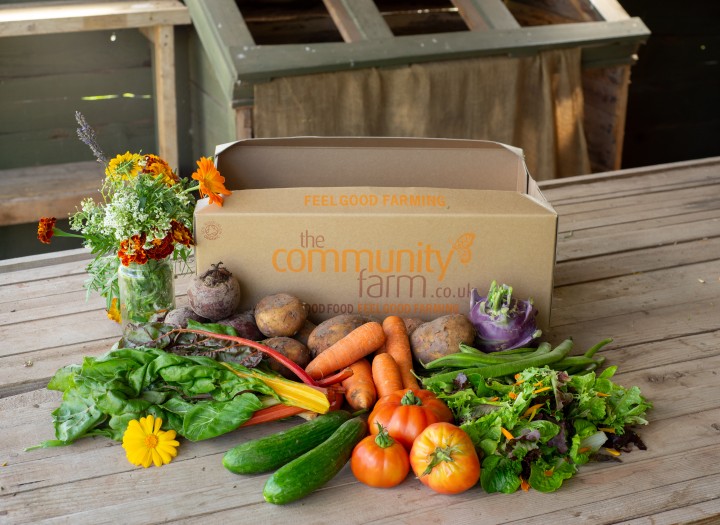“We knew that at the start we needed to look more to Bristol and Bath to find enough supporters, and over the years we have built a presence in the valley and are now making lots of friendships locally,” Angela says. “This is why the home delivery box scheme is such an important part of our business model.”
To ensure the farm’s neighbours were onside with the idea, the community farm held an open day before they launched the share offer, with a temporary marquee, a bouncy slide and a beer tent. More than 150 people came along and were able to witness the team’s vision.
The list of customers further afield grew quickly too. The farm currently delivers veg boxes to around 600 households a week, a figure which fluctuates considerably due to seasons and holidays. Constant marketing is needed, and a concerted autumn campaign is hoping to help the farm go above the 700-customer mark, which is where Angela says it needs to be.
However, the scheme reached its high point during the Covid-19 pandemic, when lockdowns and restrictions on movement prompted people to value local businesses and what was on their doorsteps more highly. During that time the farm was shifting up to 1,000 veg boxes to customers each week, allowing the operation to put around £1,400 into its reserves each month.
That was particularly valuable as the margins for the farm’s growing operations are fairly tight. Angela says the finances of producing and selling crops from the community farm are “just about doable”. The organisation’s large list of other services it offers, such as mental health and wellbeing courses and activities, is dependent on external funding. Grants from the Esmée Fairbairn Foundation, which promotes care of the natural world, social justice and strong communities, have been particularly helpful, while other organisations have funded work such as the construction of the roundhouse now at the farm and the learning area where schools can come to the site.
The Community Farm was always aware it would not be able to grow enough food to solely stock its boxes or see customers through the hungry gap each year. That, though, turned out to be less of a problem than an opportunity, as the team rapidly developed links with a whole host of independent growers and producers in the local area. This enabled the community farm to grow crops which were suitable to be nurtured with volunteer involvement and ensured the new organisation wasn’t competing with established organic businesses. It also helped to increase the variety of items in the boxes as the team were keen to support customers who didn’t want to go to supermarkets if they could avoid it. There is now a bespoke delivery service as well as the set boxes, with customers receiving fruit such as oranges, bananas and lemons, milk, butter, eggs, yogurt, tea, coffee, flour, muesli and tinned tomatoes.
